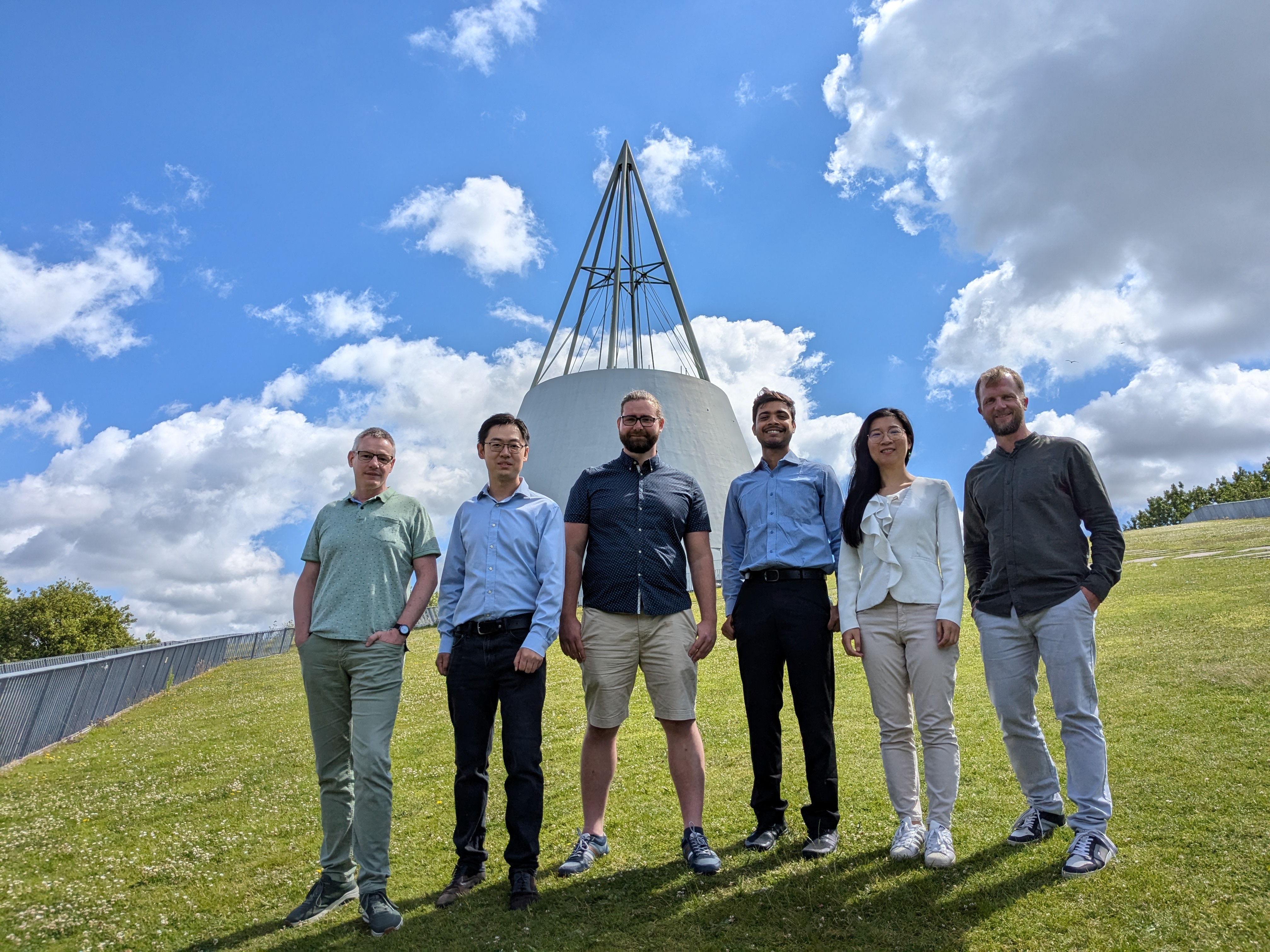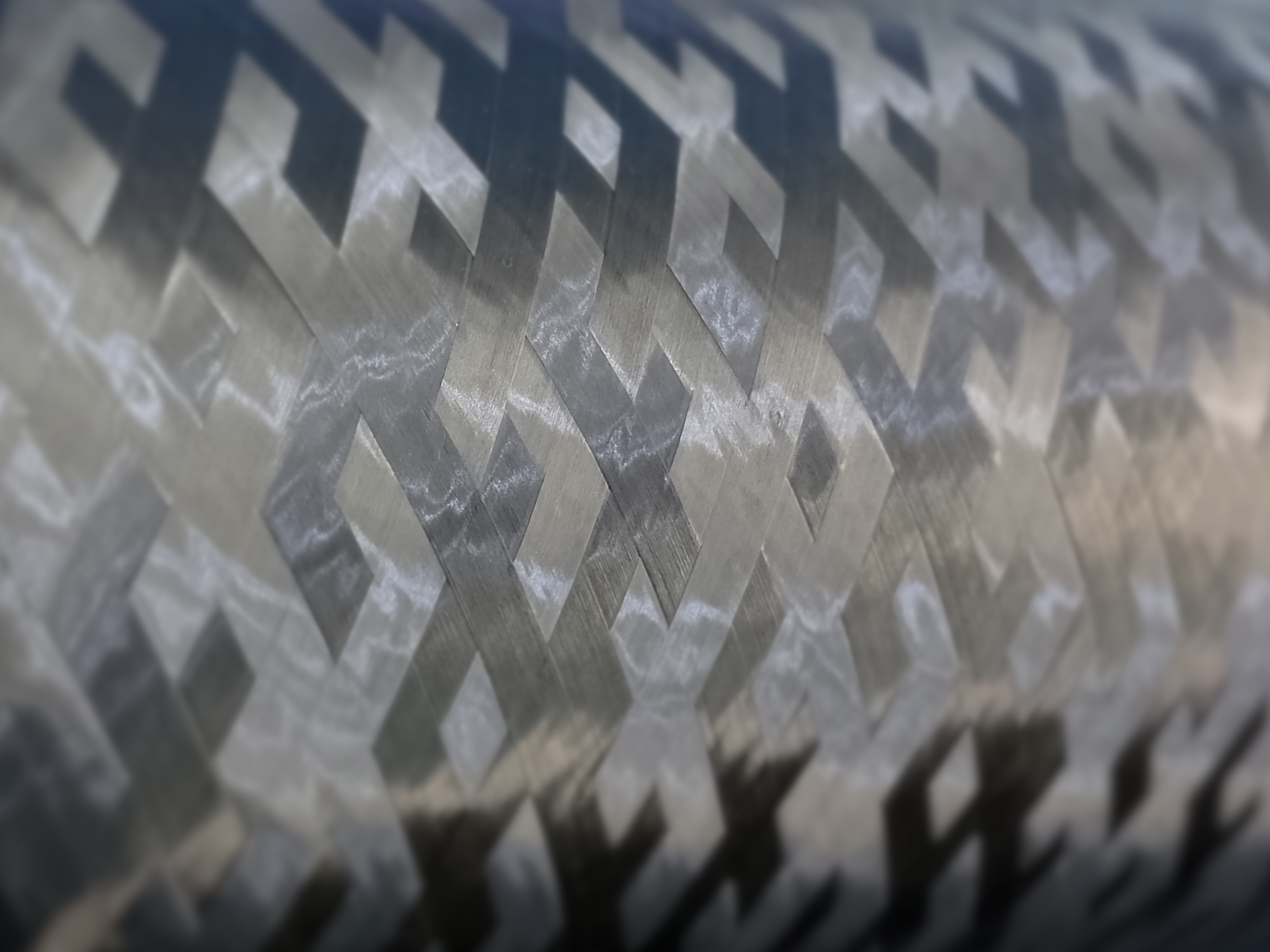Can quantum computers solve an old riddle in composites design?
A team of researchers at TU Delft are the first in the world to apply quantum computing to solve an old riddle in the design of fibre-reinforced composite materials: how to determine the optimal sequence of angles at which the material’s layers are composed and stacked. This layering determines the mechanical properties of the material, essential for the application of composites for lightweight aircraft, wind turbine blades, cars or even batteries, etc. The QAIMS team have now gone through to the final rounds of the Airbus-BMW Quantum Computing Challenge where they will pitch their approach to ‘push the boundaries of quantum tech for mobility.’
Quantum computing and the Stacking Sequence Retrieval riddle
Arne Wulff, PhD candidate in the QAIMS team (Quantum-enhanced Artificial Intelligence for sustainable Materials and Structural design in Aerospace), brings quantum computing to the field of composites. Together with a team of researchers from two TU Delft faculties (Matthew Steinberg, Sebastian Feld and Matthias Möller from Electrical Engineering, Mathematics & Computer Sciences, and Yinglu Tang and Boyang Chen from Aerospace Engineering), he applies quantum computing specifically to the so-called Stacking Sequence Retrieval (SSR) problem.
The SSR problem is the task of determining the optimal sequence of ply angles at which the layers in a composite laminate are stacked. This allows manufacturers to actually produce the laminate based on the design.
Associate Professor in Aerospace Structures and Materials, Boyang Chen, is the QAIMS team leader. Chen: “Currently, we calculate the SSR with classical computers using optimization algorithms such as the genetic algorithm, essentially to select the best solution out of a pool of potential solutions progressively. Quantum computing gives us the opportunity to look at many more angles and states of stacking combinations simultaneously. Like in quantum mechanics’ Schrödinger's cat where the cat can be considered alive and dead at the same time, the fibres can be considered pointing at multiple angles at the same time.” The next step for the team is to test their methodology on quantum computers.
We are still in the early stages of the project, but we are very excited about its prospects. It brings a fresh angle to an old problem and has lots of potential.
Applications
The QAIMS team focuses on the SSR problem in the design and optimization of traditional fibre-reinforced composite laminates. These are strong and lightweight materials that can be used for load-bearing structures such as aircraft fuselages and wings, wind turbine blades and car chassis. The reduced weight of aircraft and automotive vehicles saves fuel and therefore emissions. Lighter wind turbines means more efficient energy transition from wind to electricity. Solving the riddle of the Stacking Sequence Retrieval can therefore contribute to more sustainable aviation and transportation in general, as well as more efficient clean-energy generation. But there are many more applications. Chen: “We believe the impact of our research extends beyond load-bearing structures. It can be applied to any novel layered material where the stacking sequence of design choices is relevant. Think of the layered materials in batteries for the energy transition.”
Competition
The potential has also been spotted by companies. The QAIMS team was recently selected as a finalist in the Airbus-BMW Quantum Computing Challenge, a competition with many industry and university participant teams, which focuses on quantum technologies for industrial applications and mobility. The team participates as the only university team in the category Golden Application (Pushing the boundaries of quantum tech for mobility). The winner will be announced by the end of the year. Regardless of the outcome, the team will continue their work. Chen: “It’s great to work with a multi-faculty team on solving this old puzzle from an entirely new perspective.”

